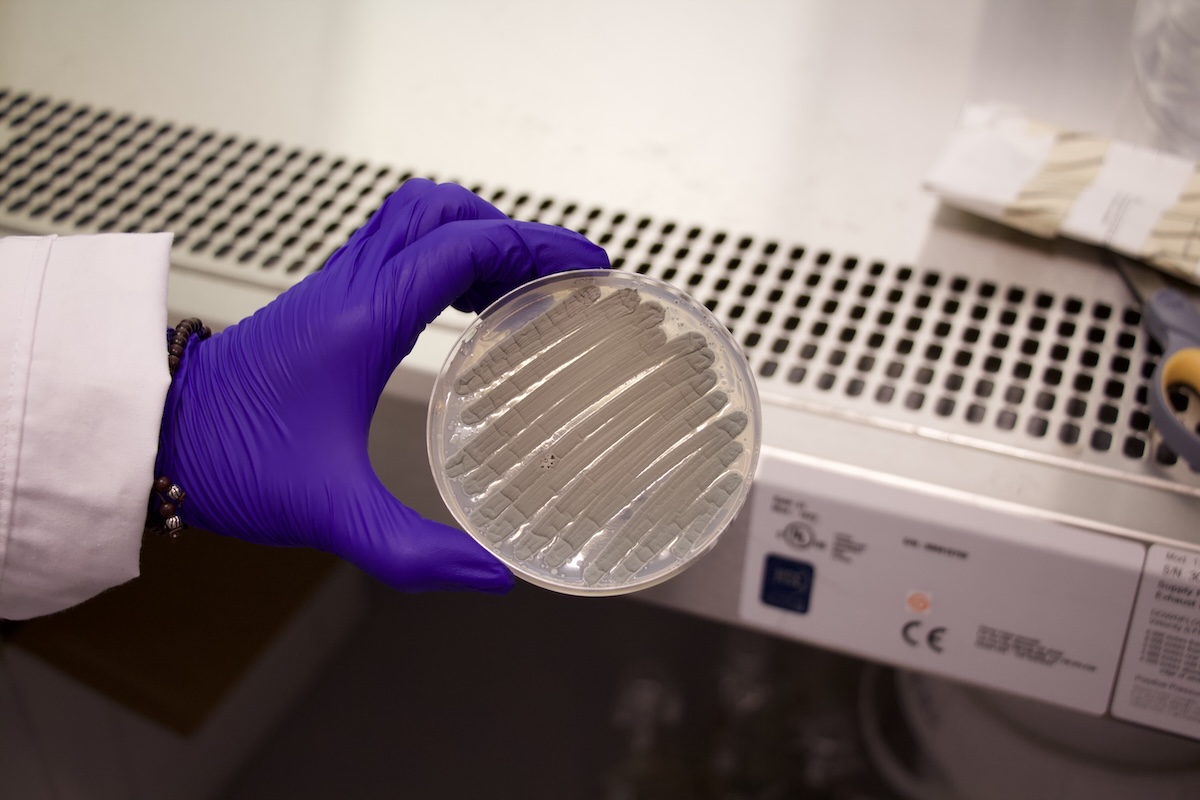We reach more than 65,000 registered users in Dec!! Register Now

Nature’s Instructions: How Fungi Make a Key Medicinal Molecule
- August 26, 2025
- 20 Views
- 0 Likes
- 0 Comment
For roughly a century, ever since Alexander Fleming’s accidental discovery of penicillin in 1928, fungi have proven to be a goldmine for medicines. They’ve provided treatments for a wide range of diseases, from infections and high cholesterol to organ rejection and even cancer.
However, the process by which fungi synthesize some of their most potent compounds remains opaque. This is especially true of cyclopentachromone, a key building block in fungal products whose derivatives have shown promise in fighting cancer and reducing inflammation, among other medicinal properties.
Reading Nature’s Instructions
While chemists have made progress in creating chromone derivatives in the lab, the molecule’s distinctive structure has proven difficult to precisely and reliably copy. “It’s very easy to wind up with a version where the chemical bonds aren’t in the right place, or the structure is flipped,” says Sherry Gao, Presidential Penn Compact Associate Professor in Chemical and Biomolecular Engineering (CBE) and in Bioengineering (BE).In a new paper in Journal of the American Chemical Society, members of the Gao Lab describe how they deciphered nature’s own instructions — namely, the genes of Penicillium citrinum, a mold commonly found on citrus fruits — to discover a previously unreported enzyme that catalyzes the creation of cyclopentachromone-containing compounds.

A Molecular Puzzle
Part of what makes cyclopentachromone unique is its distinctive structure, which includes a trio of carbon rings, two with six carbons, and one with five carbons. Like the scaffold used to erect a building, this series of rings provides the structural foundation for numerous bioactive molecules.However, one of cyclopentachromone’s known chemical precursors has an additional carbon, forming three rings of the same size. Exactly how nature changes that chemical to one with a different ring structure, when such rings are normally stable, has never been described before.
Elucidating the process required systematically turning genes on and off in P. citrinum until the pathway was disrupted, making clear which genes coded for the enzyme at work. “It was like having to test hundreds of light switches to see which one operates a particular bulb,” says Qiuyue Nie, a postdoctoral fellow in the Gao Lab and the paper’s first author.
As the researchers discovered, a different intermediary compound, 2S-remisporine A, which is produced by the newly identified enzyme, IscL, has a sulfur atom hanging off one side of the three-ring structure, like the hitch on the back of a truck.
List of Referenes
- Qiuyue Nie, Chunxiao Sun, Shuai Liu, Qiang Li, Maria Zotova, Tong Zhu, Xue Gao. Enzymatic Ring Contraction for the Biosynthesis of Sulfur-Containing Cyclopentachromone. Journal of the American Chemical Society, 2024; DOI: 10.1021/jacs.4c11906
Cite This Article as
No tags found for this post









